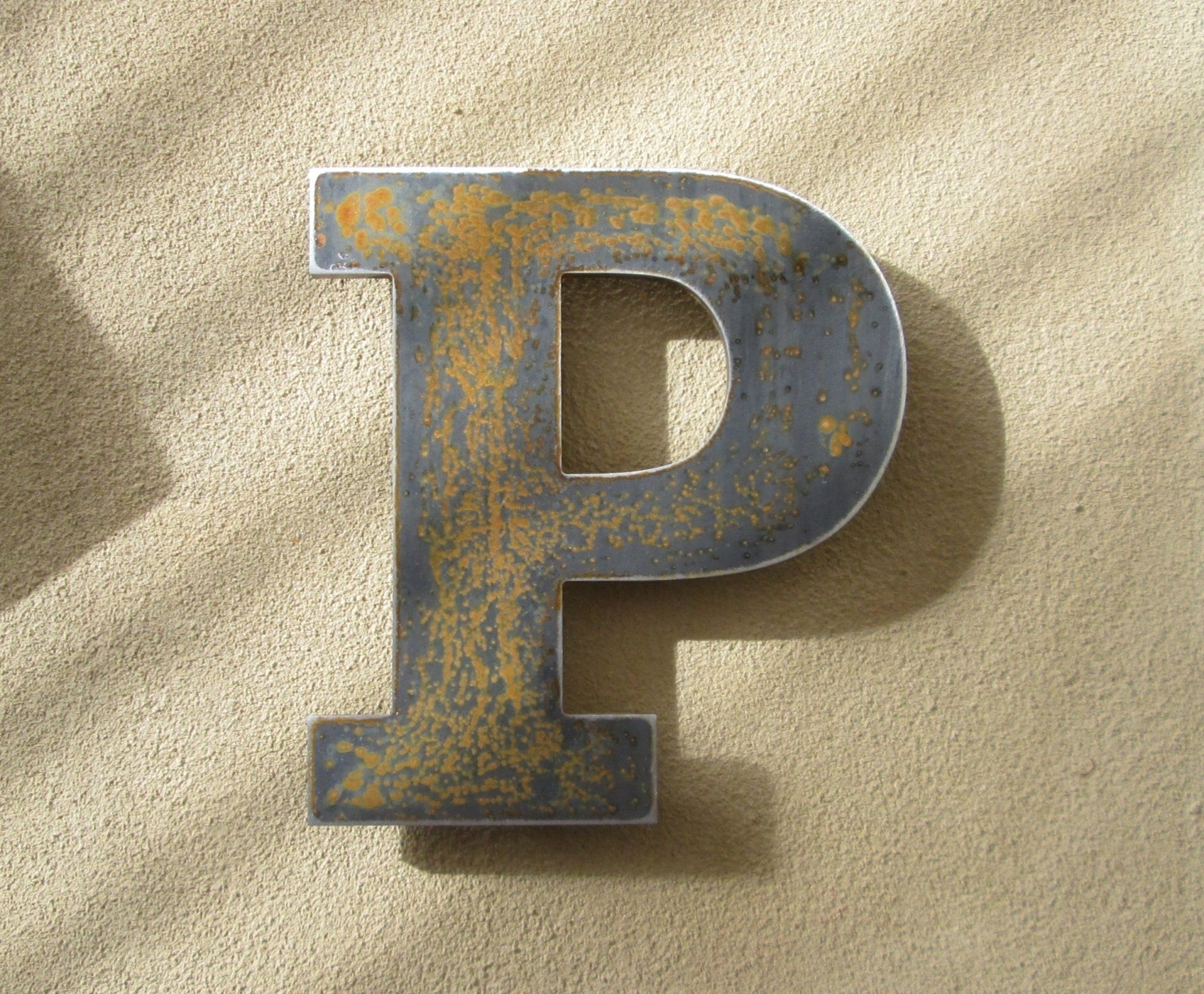In the realm of architectural and industrial materials, few innovations have managed to combine strength, durability, and aesthetic appeal as elegantly as Cor-Ten steel. Often referred to as "weathering steel," Cor-Ten is a remarkable alloy that has captured the imagination of designers, engineers, and artists alike. Its unique ability to form a protective layer against the elements, coupled with its ruggedly beautiful appearance, has made it a standout choice for a variety of applications. In this blog post, we delve into the fascinating world of Cor-Ten steel, exploring its composition, weather-resistant properties, and the many ways it has transformed industries.
The Birth of Cor-Ten: A Fusion of Elements
At its core, Cor-Ten steel is a blend of iron and other elements, including copper, chromium, and nickel. This alloyed mixture is what gives Cor-Ten its exceptional ability to resist the harsh effects of weathering. By alloying these metals, a chemical reaction occurs when Cor-Ten is exposed to the elements, triggering the formation of a protective layer on its surface. This layer, known as a "patina," acts as a natural shield, safeguarding the underlying steel from corrosion and decay.
The Magic of Patina: Nature's Armor
Cor-Ten steel's ability to self-protect is truly a marvel of nature-inspired engineering. When exposed to rain, humidity, sunlight, and other atmospheric conditions, the top layer of the steel begins to corrode. This process might sound counterintuitive, but it's precisely this controlled corrosion that activates the formation of the protective patina. Over time, this patina evolves, gradually adopting a distinct rusty hue that not only adds character to structures but also acts as a barrier against further corrosion.
Low Maintenance Elegance
One of the most attractive features of Cor-Ten steel is its minimal maintenance requirements. Unlike conventional steel that often demands regular painting and coating to prevent rust, Cor-Ten's self-protecting nature eliminates the need for such upkeep. This not only reduces maintenance costs but also contributes to the overall sustainability of structures made from Cor-Ten steel. Its natural finish ages gracefully, blending seamlessly with the surrounding environment and allowing projects to maintain their visual allure without constant intervention.
Applications and Impact
The versatility of Cor-Ten steel knows no bounds. Initially developed for industrial purposes, it has transcended its utilitarian roots to become a preferred choice in architecture, landscaping, and artistic installations. From iconic skyscrapers and bridges to outdoor sculptures and garden edgings, Cor-Ten steel's distinct appearance and weather-resistant properties have elevated the visual and functional aspects of countless projects.
Conclusion
Cor-Ten steel stands as a testament to the harmonious coexistence of human innovation and natural processes. The alloy's unique ability to create its own protective layer through controlled corrosion is a prime example of harnessing the power of chemistry to enhance durability and aesthetics. As industries continue to explore novel materials and sustainable solutions, Cor-Ten steel serves as a shining example of how science, art, and functionality can unite to create something truly extraordinary. Whether gracing the skyline of a bustling city or accentuating the tranquility of a garden, Cor-Ten steel is more than just a material – it's a testament to the ingenuity of human creativity and the resilience of the natural world.



